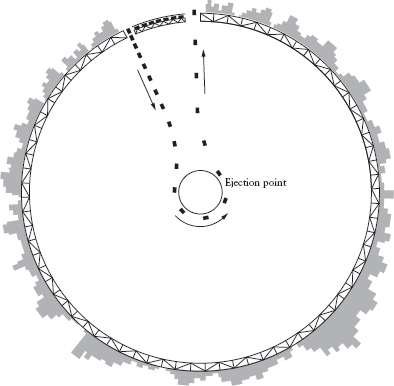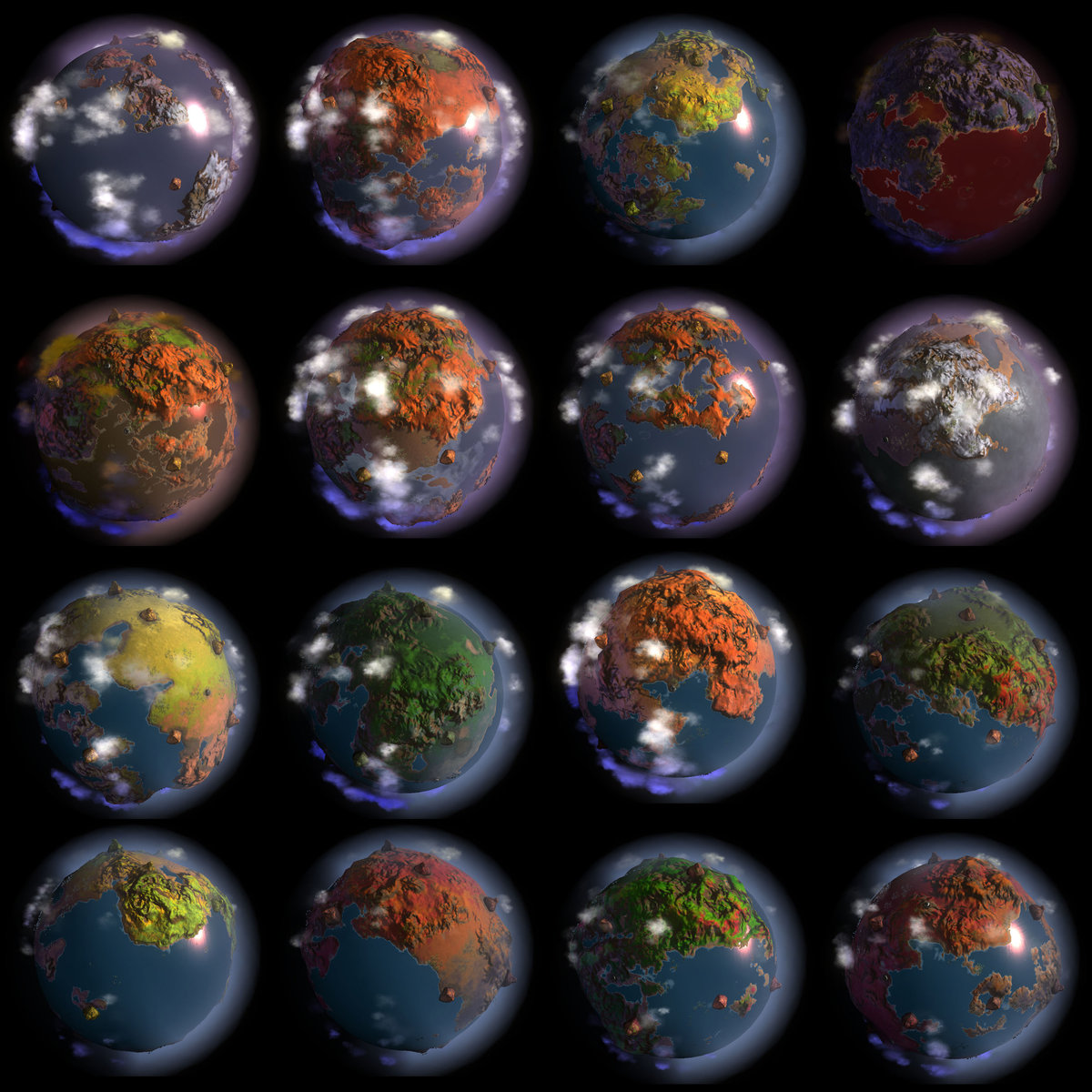In his spare time, theoretical physicist, cosmologist, and astrobiologist Paul Davies exerts his role as an author. As his Amazon page describes, he has written at least twelve published books often on some existential question about life (or the dearth of life) in the Universe as informed by science. Davies has claimed he seeks to “bring the message of science and religion to the people” and, being a physics savant, was awarded funds from the Templeton foundation to support his research on “the natures of time and consciousness and extraterrestrial life”. One of his more recent books, The Eerie Silence, overlaps with his research interests and can be described as intellectually provocative.

Davie’s book discusses SETI, focusing on its implications and assumptions. He dismisses the entrenched cliché of aliens (see Figure 1), as crafted by science fiction and movies. The end of chapter six and the entirety of chapter seven, “Alien Magic”, seek to question an important premise in SETI: that we know what we are looking for and it is something we can readily distinguish. Absent exotica, SETI seems a plausible and fruitful, albeit onerous, endeavor. The epigraph at the beginning of chapter seven is borrowed from Arthur Clarke and states “any sufficiently advanced technology would be indistinguishable from magic.” Davies describes the conundrum for a proponent of SETI:
If we were to encounter alien technology far superior to our own, would we even realize what it was? Think how a laser or a radio would seem to a tribe of rainforest dwellers who have never been in contact with the outside world. Now imagine a technology a million or more years in advance of ours: it might well appear miraculous to us. All of which presents new SETI with a serious problem. How can we look for signatures of alien technology when we have no idea how it would be manifested? In the previous chapter I suggested some ways in which an advanced civilization spreading across the galaxy might leave traces of its activity. But all the examples I gave were based on extrapolations of twenty-first-century human physics, and so are tainted by anthropocentrism. Suppose that alien technology is based on principles that are completely beyond the ken of our best scientists?

At the end of chapter six, Davies presents the reader various exotic astrophysical objects that have yet to be discovered, but have been theorized by scientists. This includes magnetic monopoles, which could be recombined with the opposite monopole to produce energy that would dwarf a hydrogen bomb, and cosmic strings, which have been proposed as sources of fast radio bursts. Davies casually mentions one possible hypothesis for the apparent lack of these objects is the sequestration by a super civilization, but as he notes “the hypothesis that aliens are the correct explanation for the anomalous absence of something is only as good as the prior probability of an alien super-civilization in the first place”. His discussion of these objects brings into focus our current understanding of physics. Davies mentions an example, from John Wheeler, of what ETI could do to satisfy its energy needs (see Figure 2) while baffling humans:
Wheeler dreamed up the amusing scenario [in] which trucks containing industrial waste are dropped on a carefully calculated trajectory towards the spinning black hole. […] The trucks spill out their contents in such a way that the waste is devoured by the black hole. For certain trajectories, the empty trucks get propelled away from the ergosphere at high speed, zooming off with more mass-energy than the laden trucks originally had going in. Ultimately the additional energy has to come from somewhere, and in fact it comes from the rotational energy of the hole; every time the trick with the trucks is performed, the black hole’s angular speed drops a bit. The good times will not last for ever – eventually all the rotational energy will be extracted and the civilization will be obliged to decamp elsewhere. But at present human levels of energy consumption, a black hole could meet our energy needs for at least a trillion trillion years.
This is where Davies coins the phrase “nature-plus”. With our arguably limited understanding of the Universe, it becomes necessary to look past familiar proxies, such as energy or resource usage, to limit the bias from human understanding. Davies asks the reader to consider technology that:
- is not made of matter,
- has no fixed size or shape,
- has no well-defined boundaries or topology,
- is dynamical on all scales of space and time or, conversely, does not appear to do anything at all that we can discern, and
- does not consist of discrete, separate things; rather it is a system, or a subtle higher-level correlation of things.
This emphasizes there may exist incomprehensible technology that operates on levels indiscernible to a human. Davies surmises that:
Technology is, in the broadest sense, mind or intelligence or purpose blending with nature. Importantly, technological devices don’t subjugate nature; the devices still obey the laws of physics. Technology harnesses the laws; it does not override them. […] Truly advanced alien technology might manifest itself by an entirely new form of whole–part interrelationship. And just as quantum weirdness is uncovered only with very special apparatus, so alien technology might go unobserved and unsuspected, because we are not viewing it with the equivalent of… well, a Bose–Einstein condensate beam-splitting interferometer.
However, while we may not completely understand the Universe, there exist certain laws that we can be fairly sure of, notably the second law of thermodynamics and the maximum speed of light. Davies uses these laws to dismiss science fiction, such as a quantum vacuum drive (violates the second law of thermodynamics) and levitation (violates the law of gravitation). To this blogger, this chapter by Davies discusses one of the unsettling things about SETI: its apparent indifference to its existential problems. While astrobiology can rely on our understanding of the biochemistry of terrestrial life (particularly bacteria), SETI is limited to humanity’s machinations. SETI experiments have varying levels of assumptions and most palatable are the parasitic searches focusing on Dysonian SETI. Once cultural assumptions come into play, SETI quickly devolves into fantasy. While a given experiment may be a null result, if it explores a subset of an infinite-dimensional manifold then it is scientifically useless. SETI should proceed but should take caution to limit itself to experiments where a scientific result can say something informative. To this blogger, a reasonable way to search for life would be to start with unintelligent life within our own Solar System, then work together as a scientific community towards extraterrestrial intelligence.



